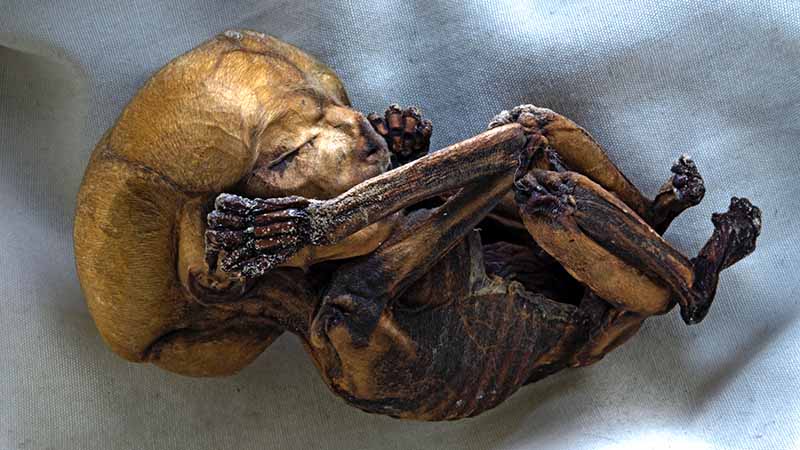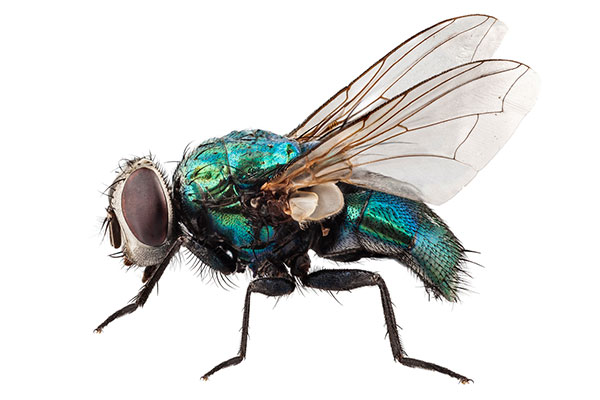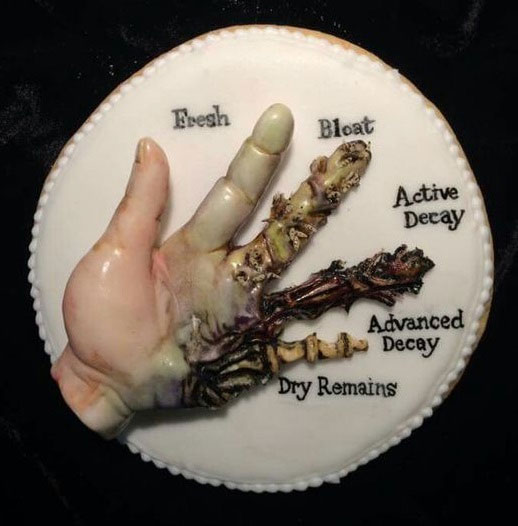by Alan Cohen | Jun 27, 2022 | Decomposition
As people alive in this world, we don’t often think about what happens to a human body once a person passes away until we are faced with the reality of it. For those who do come across a body because a loved one passed away or they come across one while on a river or... 
by Lorraine Palmer | Dec 29, 2021 | Decomposition
Around the world, archeologists discover burials where the body has deteriorated to varying degrees. Based on the remains of the body, usually just bones and teeth by the time the graves are discovered, archeologists can tell a lot about the person: age, gender,... 
by Alan Cohen | Feb 20, 2019 | Decomposition
When a body is discovered more than 72 hours after death, details normally examined to establish the time of death such as body temperature, skin color, and degree of muscle rigidity, have all plateaued. Blowflies, however, lay eggs within minutes of someone dying and... 
by Alan Cohen | Feb 2, 2019 | Decomposition
Open almost any news site and you can read of a body being found. How long that person has been dead and how they died is determined under careful scrutiny by a forensic team trained in the various stages of human decomposition. By looking for certain signs and taking...


